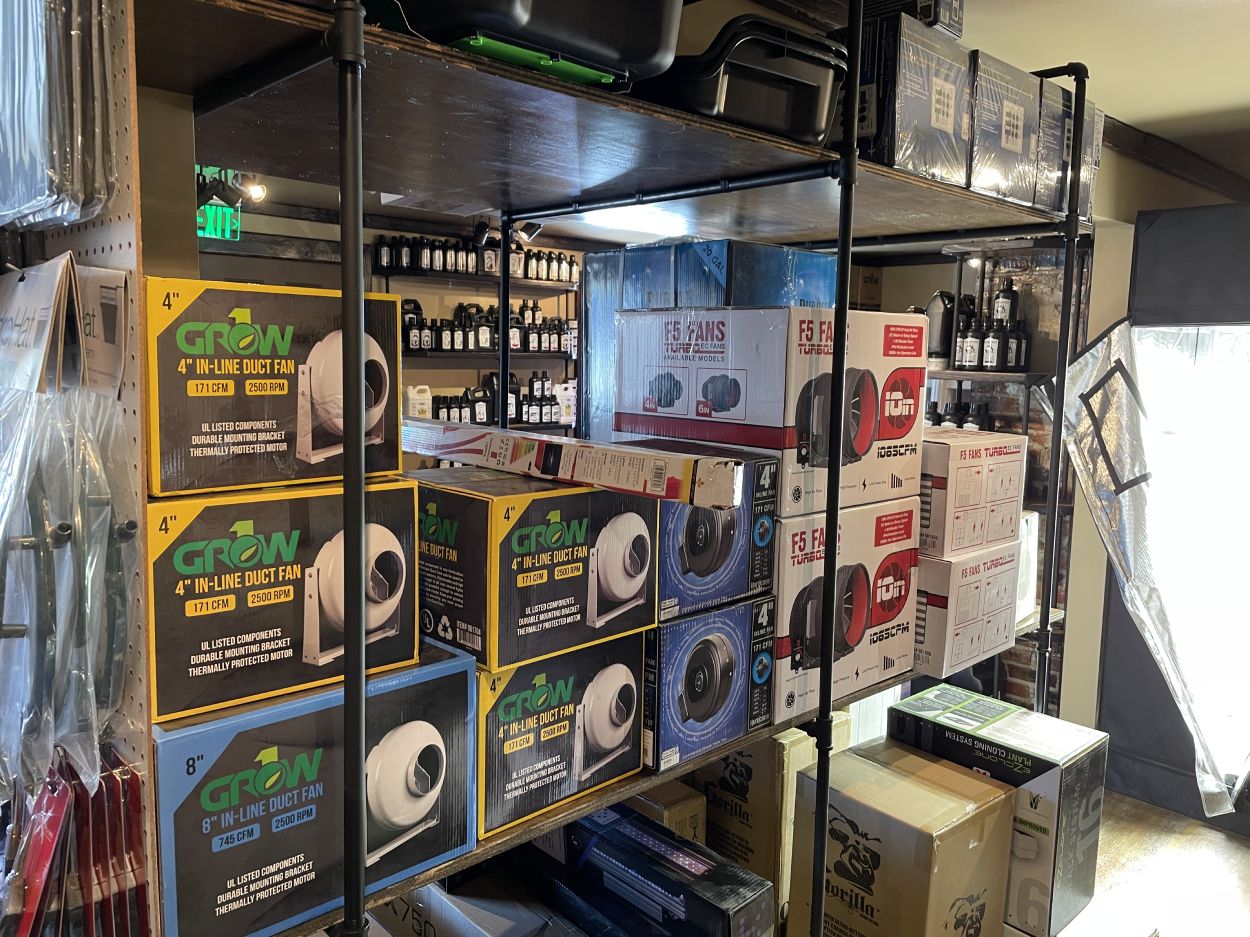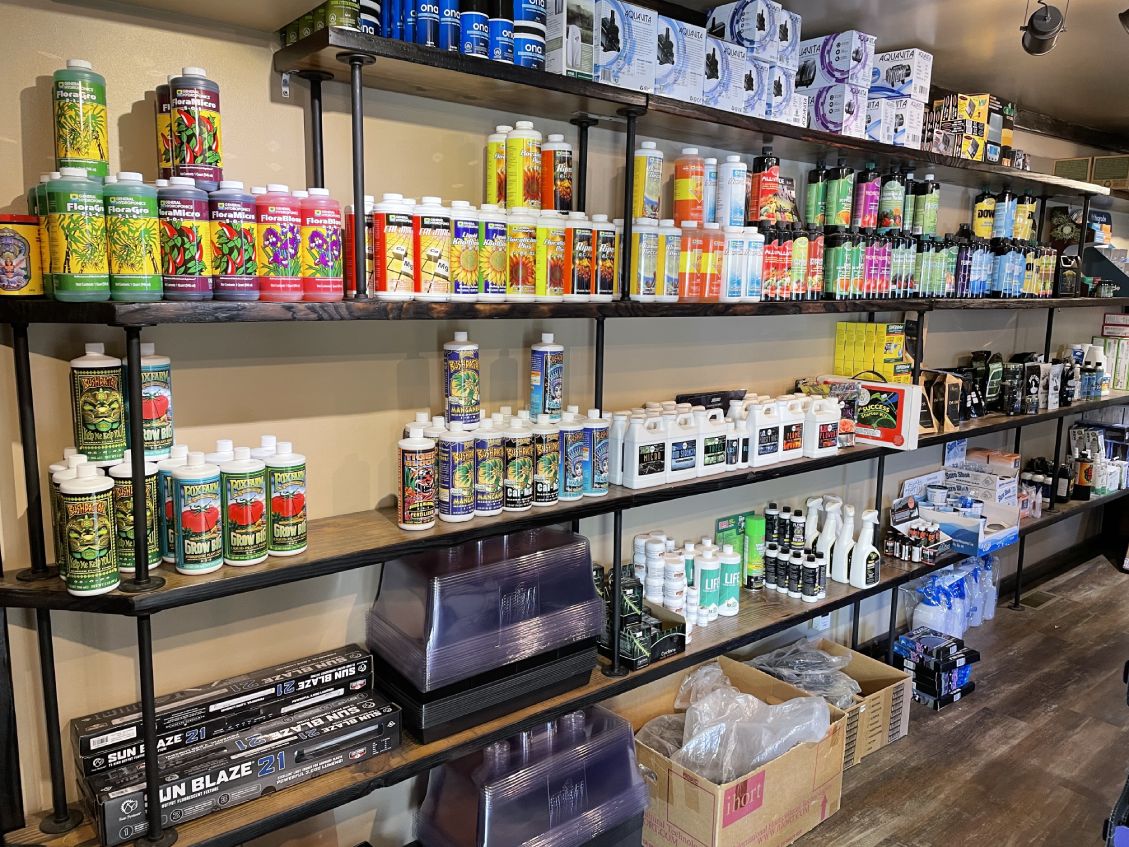Discover the Ultimate Growing Strategy: The Indoor Earthworm Approach
Opening the Possible of Hydroponics: Understanding Its Uses and Various Types
Hydroponics, a method of growing plants without soil, has actually amassed boosting focus for its prospective to transform agriculture and horticulture methods. As we navigate with the detailed landscape of hydroponic systems and methods, it ends up being obvious that each technique holds distinct benefits and constraints.
Advantages of Hydroponic Systems

One more benefit of hydroponic systems is the capacity to grow plants in a smaller area. Hydroponic systems lower the risk of soil-borne illness and insects, as there is no soil to nurture these threats.
Common Makes Use Of in Agriculture

Provided the efficient water preservation and space-saving advantages of hydroponic systems, it is evident that these ingenious agricultural techniques have actually found typical usages in different sectors of agriculture. In standard agriculture, soil-based farming can be land-consuming and labor-intensive. Hydroponics provides an option by allowing crops to be grown without soil, decreasing water use by approximately 90% contrasted to traditional farming techniques. This makes hydroponics especially suitable for regions dealing with water shortage or restricted cultivatable land. Furthermore, the regulated setting of hydroponic systems allows year-round growing, providing a consistent supply of fresh fruit and vegetables no matter outside climate condition.
Hydroponics is frequently used for expanding a variety of plants, consisting of leafy environment-friendlies, tomatoes, cucumbers, peppers, herbs, and strawberries. Its convenience prolongs to vertical farming, metropolitan farming, and greenhouse production. Additionally, hydroponic systems are made use of in research study and instructional settings to research plant nourishment, farming, and growth techniques. The versatility and efficiency of hydroponics make it an important device in modern farming, dealing with the challenges of sustainability, food safety, and resource optimization.
Checking Out Different Hydroponic Strategies
Hydroponic systems use a range of methods that provide to different plant kinds and growing goals. Furthermore, the Ebb and Flow system, additionally known as the Flooding and Drain system, intermittently floodings the plant origins with nutrient service, permitting for oxygenation throughout draining periods. Each of these strategies showcases the flexibility and performance of hydroponic systems in enhancing plant development and yield.
Comparing Numerous Hydroponic Equipments
Checking out the efficiency and yield enhancement strategies in hydroponics leads us to contrast numerous hydroponic systems readily available for crop cultivation. Each hydroponic system has its unique attributes, benefits, and constraints, making it crucial for growers to select the most ideal system based upon their specific demands and restraints.
One of the most common hydroponic systems is the nutrient movie technique (NFT), where a slim film of nutrient service constantly moves over the plant origins. In comparison, the deep water culture (DWC) system submerges plant roots directly into the nutrient solution, providing ample oxygen and nutrients.
Another prominent hydroponic system is the ebb and circulation (or flooding and drainpipe) system, which occasionally floodings the plant roots with their website nutrient remedy before draining it. This cyclic process guarantees appropriate oygenation for the origins while supplying nutrients successfully. Furthermore, the aeroponic system suspends plant roots in the air and hazes them with a nutrient option, promoting rapid development and high oxygenation degrees. Cultivators trying to find a functional system that lessens water use commonly choose aeroponics. By recognizing the differences between these hydroponic systems, farmers can make educated decisions to take full advantage of plant return and top quality.
Technologies in Hydroponic Technology
With advancements in hydroponic technology, the agricultural industry is observing a shift in the direction of more reliable and sustainable growing techniques. Technologies in hydroponic modern technology are reinventing the way plants are grown by making the most of returns, saving resources, and decreasing environmental impact. One crucial development is the growth of wise hydroponic systems that make use of sensing units and automation to keep an eye on and adjust environmental conditions such as pH degrees, nutrient focus, and light exposure in real-time. These systems allow accurate control over growing conditions, bring about ideal plant growth and greater plant yields.
Another significant advancement is the integration of vertical farming methods with hydroponic systems, enabling the cultivation of crops in stacked layers. This upright strategy optimizes room utilization, making it excellent for urban atmospheres where land availability is limited - The Indoor Earthworm. Furthermore, using innovative LED lights systems tailored to certain plant demands has actually enhanced power performance and boosted development prices in hydroponic arrangements
Advancements like these are driving the development of hydroponics, making it a highly attractive and lasting alternative for modern-day farming.
Conclusion
In conclusion, hydroponics offers numerous advantages in farming and has various techniques and systems that can be used to optimize its capacity. Innovations in hydroponic innovation continue to boost effectiveness and sustainability in food production. By comprehending the usages and different kinds of hydroponic systems, growers and you can find out more farmers can open the complete potential of this cutting-edge technique of growing plants without soil.
In addition, hydroponic systems enable for far better control over nutrient degrees, pH balance, and ecological conditions, leading to much healthier plants and higher returns.
